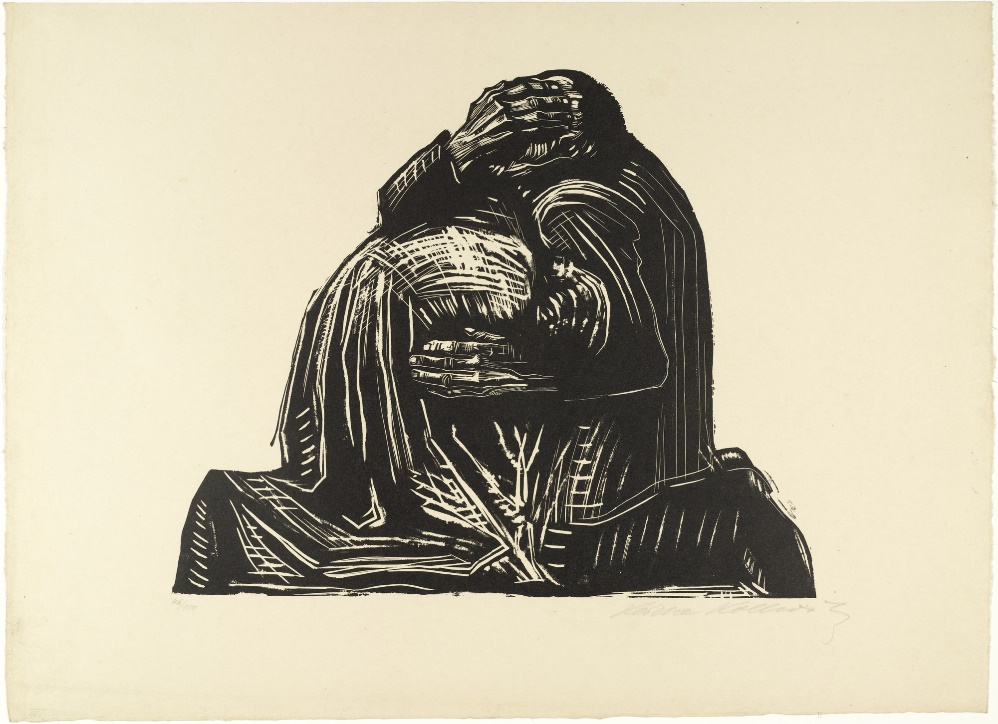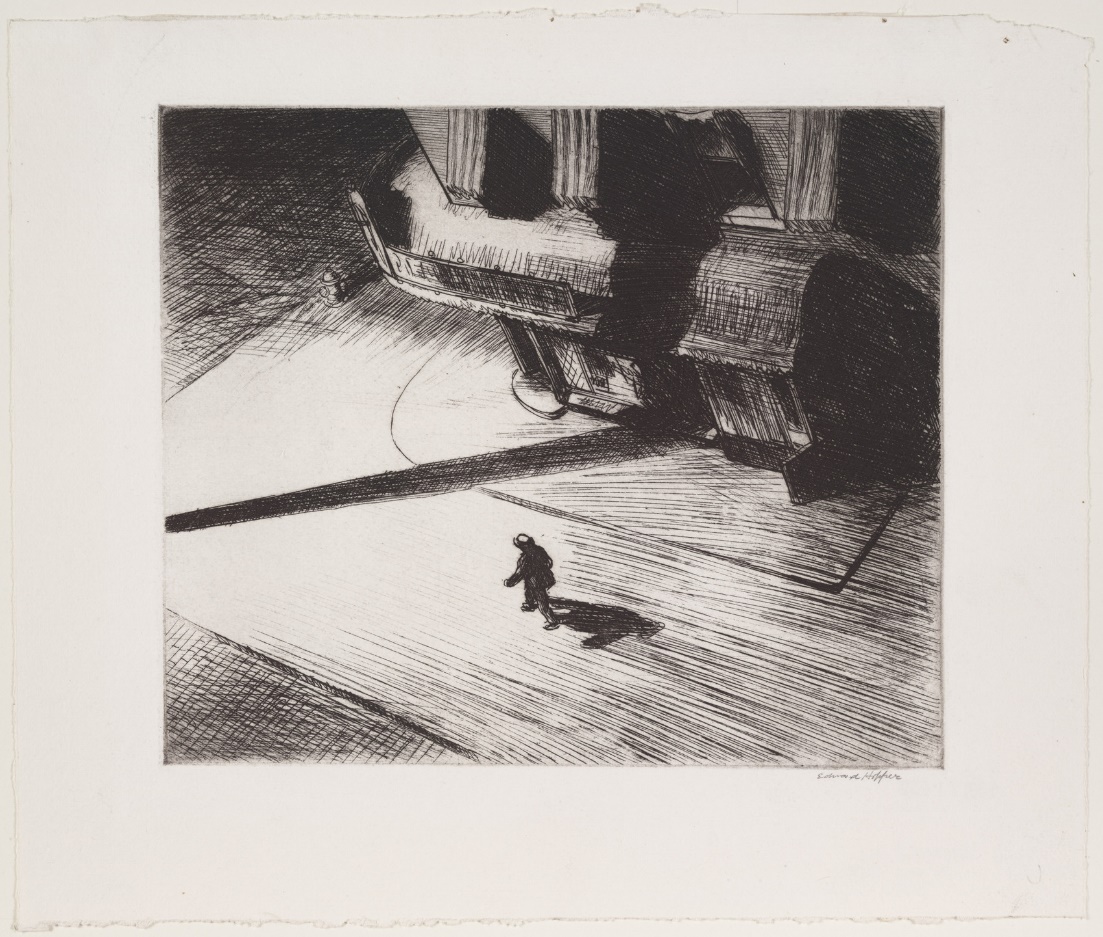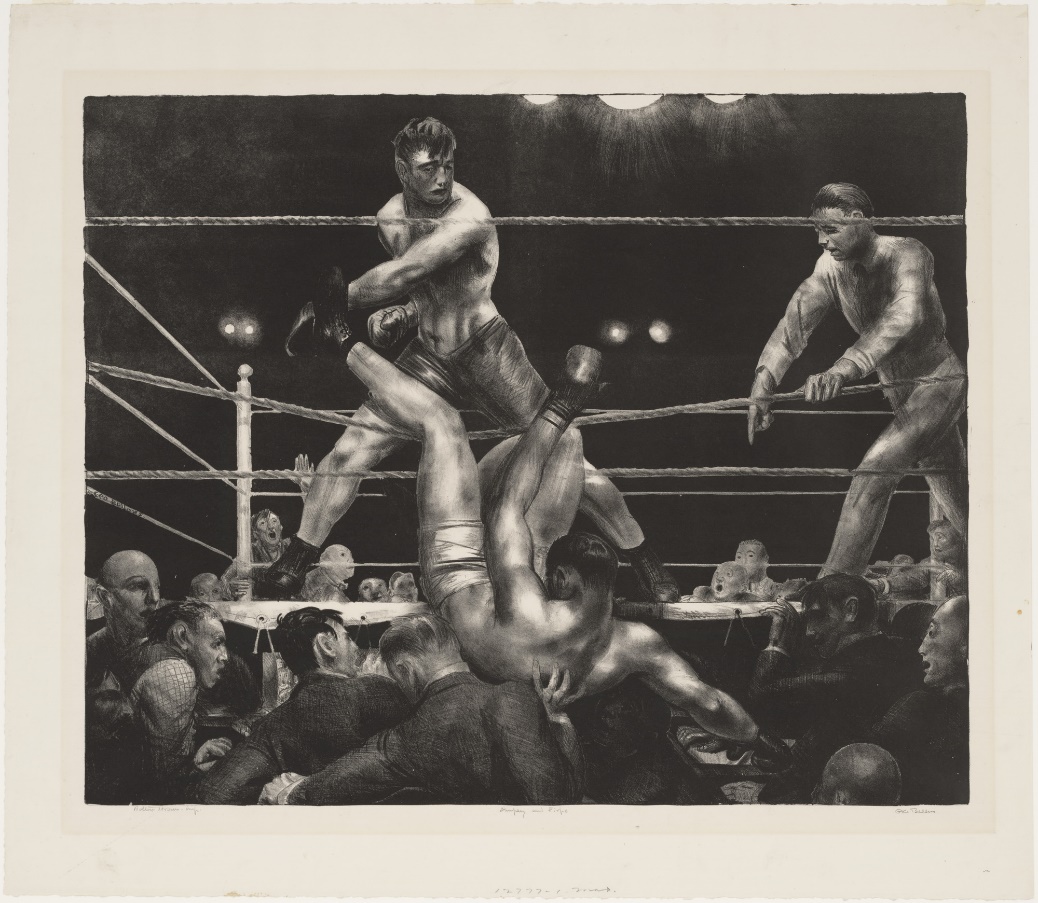Introduction
Printmaking is performed using three major techniques: relief printmaking, intaglio printmaking, and lithography. All types of printmaking are based on a common principle: the image is drawn on some surface and transferred to a sheet of paper. The surfaces used for printmaking include wood, linoleum, metal plates, and stones. In addition, artists utilize a variety of tools to create images on these surfaces, for example, linoleum cutters, woodcutting knives, needles, and others. Overall, printmaking artworks are made in a way similar to the printing of newspapers or paper money, but the purpose of creating them is different. Printmaking allows artists to express themselves in a unique way that cannot be achieved with other media. This paper aims to define and describe the three main types of printmaking and provide examples of each of them.
Relief Printmaking: Woodcut
Relief printmaking is a printmaking technique that appeared the earliest among all three types. This method is similar to stamping because, in relief printmaking, the details that should appear on the image are raised, and the elements that should remain blank are lowered (“Introduction to Relief Printmaking”). One type of relief printmaking is woodcut, in which the image is carved on a wooden plate. The first step in creating a woodcut is toning the wooden block with black ink for artists to see their work process. Further, the outline of the image is transferred to the wood with the help of carbon paper. Then, portions of material are removed from parts of the surface that have to be white on the final image. The next step is to cover the wooden block with ink using a roller, place the paper on the top, and run it through a press to transfer the image. Sometimes, artists can rub the back of the paper sheet with a baren instead of using a press. An example of a woodcut is the work by Käthe Kollwitz entitled “The Parents” (see Fig. 1).

Intaglio Printmaking: Etching
Intaglio is another category of printmaking, in which scratches on metal plates are used for creating an image. Etching is a kind of intaglio printing that is based on removing the metal through a chemical process involving a base or an acid (“Introduction to Intaglio”). To create an image with the etching technique, artists first need to polish and clean the metal plate. Second, they should cover the metal plate with the ground. The etching ground is a layer of acid-resistant varnish or wax that protects the areas that should be left blank on the image. Then, artists scratch the ground with a needle, revealing the bare plate. Once the pattern is finished, the plate is immersed in acid, which consumes the exposed metal, resulting in incised lines. The residual ground is removed, and ink is applied to the plate, filling the etched marks. The excessive ink is then scraped off the plate’s surface. Finally, a damp sheet of paper is placed over the inked plate and passed through a press to make a final print. Hopper’s picture entitled “Night Shadows” is an example of etching (see Fig. 2).

Lithography
Lithography is a printing method in which an image is produced by means of drawing with greasy pencils on a stone plate. This technique is based on water and grease resisting each other (“Introduction to Lithography”). To produce an image with the lithography technique, artists first need to make a drawing with greasy crayons on a polished stone surface. After the image is ready, the stone is covered with a chemical mixture to bond the drawing material to the surface. Then, the stone is dampened with water that sticks only to the areas that do not have grease on them and, therefore, have to remain blank. After that, the surface is covered with ink that sticks to the greasy lines of the drawing but does not adhere to the part protected with a water film. Finally, a sheet of damp paper is placed on the stone and run through a press to produce an image. Lithography allows for more creative opportunities than paper does and enables artists to create a layered image (“Introduction to Lithography”). George Bellows’s work entitled “Dempsey and Firpo” is an example of lithography (see Fig. 3).

Conclusion
This paper has reviewed three main types of printmaking: woodcut, which is a kind of relief printmaking, etching, which refers to intaglio printmaking, and lithography. All these types of printmaking were not initially developed for art purposes. However, since they provide artists with extended opportunities for self-expression, such as the ability to create texture or layers in lithography, they have become popular means of creating artworks.
Works Cited
Bellows, George. Dempsey and Firpo. 1923-24. The Museum of Modern Art, New York. MoMA.
Hopper, Edward. Night Shadows. 1924. The Museum of Modern Art, New York. MoMA.
“Introduction to Intaglio.” Khan Academy, uploaded by The Museum of Modern Art, 2011.
“Introduction to Lithography.” Khan Academy, uploaded by The Museum of Modern Art, 2011.
“Introduction to Relief Printmaking.” Khan Academy, uploaded by The Museum of Modern Art, 2011.
Kollwitz, Käthe. The Parents (Die Eltern) from War (Krieg). 1923. The Museum of Modern Art, New York. MoMA.